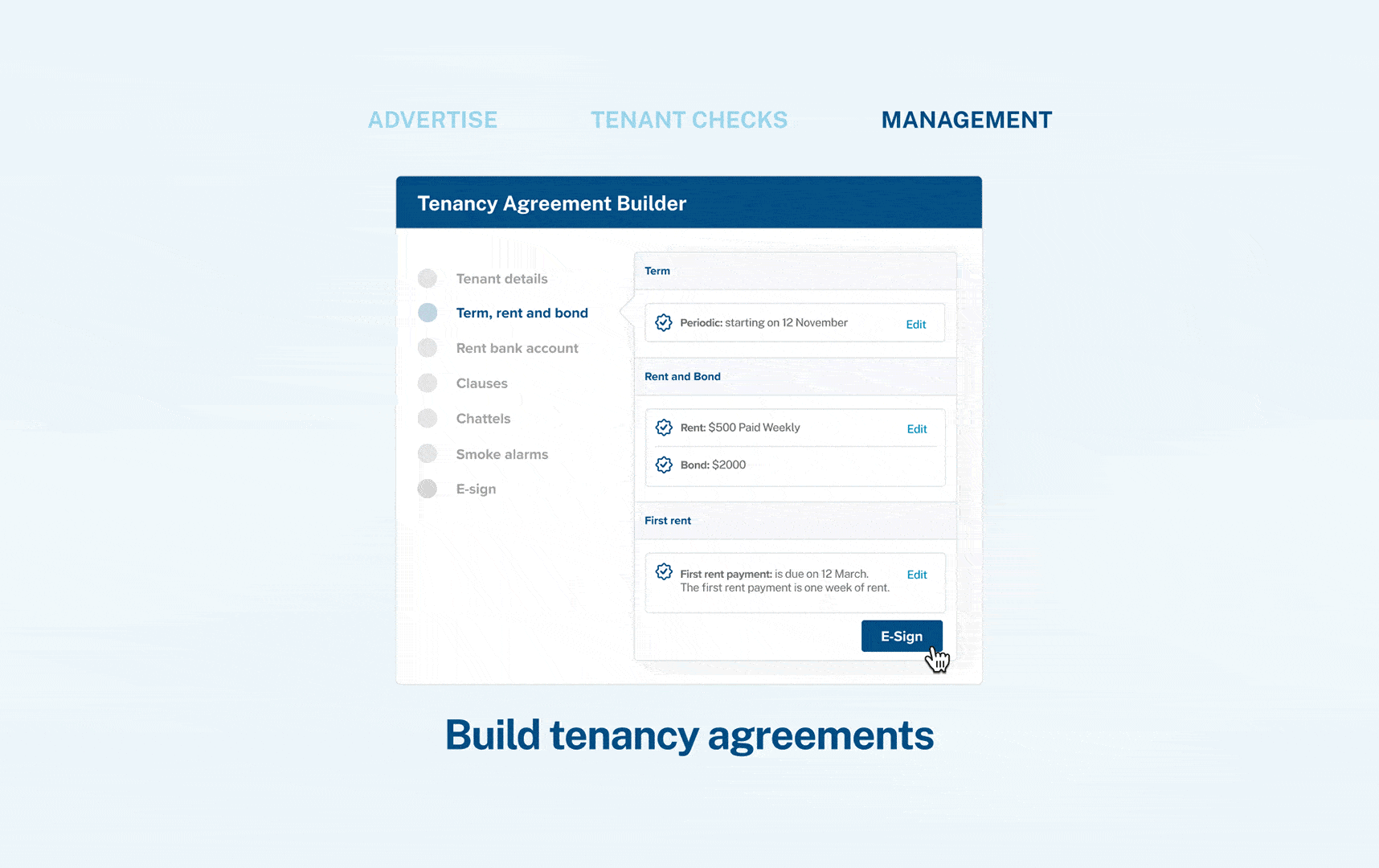What is ‘Market Rent’?
Under New Zealand tenancy law, a tenant can apply to the Tribunal for a rent reduction if the rent they are paying under their agreement exceeds the ‘Market Rent’ by a substantial amount.
‘Market Rent’ is defined by section 25(3) of the Residential Tenancies Act 1986 as:
“the rent that...a landlord might reasonably expect to receive and a tenant might reasonably expect to pay for the tenancy, taking into consideration the general level of rents for comparable tenancies of comparable premises in the locality or in similar localities”
The Market Rent is calculated and published by NZ Tenancy Services, and is broken down by area and property type. Landlords advertising their property and negotiating with prospective tenants should take the relevant Market Rent figure into account to make sure they price their property competitively and so they don’t end up before the Tribunal.
What is the purpose of ‘Market Rent’?
The purpose of ‘Market Rent’ is to protect tenants from being forced to pay rent that is excessive for their area and property type. The Tenancy Services system allows landlords to appraise the market for the area before setting the rental rate, meaning that tenants are more likely to be paying a competitive price for their tenancy.
Regulation of rental rates is a distinctive feature of New Zealand tenancy law. While Australian and UK tenancy laws generally closely resemble Kiwi law, direct regulation of rent is unique to New Zealand. Whereas government control of rent was abolished in the UK in the 1980s and has never gone beyond political debate in Australia, New Zealand has managed to implement a system that at least partially ties rent to the market rate.
How are ‘Market Rent’ figures calculated?
Market Rent is calculated from the rental data collected from bonds lodged with Tenancy Services. The data is broken down by regions (based on the Census), property type (apartment, flat, house), and number of bedrooms.
The market rent figure is the median weekly rent, not the average or mean because that figure could be distorted by very low or high rental prices. Data is only published when there is at least 5 bonds lodged for a property type.
Problems and alternatives
The Market Rent number is a reflection of the rent for bonds that are actually lodged by landlords with Tenancy Services. As a result, the Market Rent figure for your area and property type might not be a true or completely accurate reflection of the real rental rate in several respects:
- The data doesn't distinguish between furnished and unfurnished properties.
- Not all landlords collect bonds, and even though it is compulsory for all bonds to be lodged with Tenancy Services, not every landlord complies with the law - research from Massey University suggests that up to 18% of landlords either don’t collect or don’t lodge bonds.
- The data only reflects the rent at the beginning of a tenancy. If the rent is subsequently increased but the bond the bond remains the same, then the increase will not be reflected in the data.
- New tenancies, which the bond data is based on, are only a small portion of all tenancies. Moreover, rent paid at the beginning of a tenancy may be years out of date. As such, the Market Rent figures may not reflect current market trends in advertised prices or other price pressures such as inflation.
A helpful alternative to the Market Rent figures published by Tenancy Services is the Trade Me Property Price Index, which measures the median asking price for rental properties on Trade Me, the biggest property website in New Zealand. This may be a more accurate reflection of the current rental rate expectations of tenants and landlords because it only measures properties being advertised. It is, however, important to remember that an advertised price may not be reflected in the final agreement between the tenant and landlord.
The different data sources for Tenancy Services and Trade Me is reflected in quite significant disparities in median rental prices.
The Future of Market Rent?
While the Market Rent remains the most important data source because the tenancy law is based around it, myRent would like to see Tenancy Services and the tribunal take a more flexible approach in the future to incorporate current market data into their considerations.
Sources
Elinor Chisholm, How high is the rent?
Tenancy Services, Difference between MBIE and Trade Me rental figures
Tenancy Services, Market Rent explained
Trade Me, Market Insights
The information contained in this article is exclusively for promotional purposes. It does not in any way constitute legal advice and should not be relied upon as the basis for any legal action or contractual dealings. The information is not, and does not attempt to be, a comprehensive account of the relevant law in New Zealand. If you require legal advice you should seek independent legal counsel. myRent.co.nz does not accept any liability that may arise from the use of this information.


